By Steph Kent & Maddison Johnstone - [email protected] [email protected]
| | Southport has provided the ideal location for a Gold Coast Chinatown. Within a year, Southport will become a hub for Chinese culture that will engage locals and encourage tourism. Member of the Chinatown Committee, Garth Bell, said inspiration for the Gold Coast version was drawn from existing successful international precincts. |
“A lot of the overseas Chinatown precincts thrive on the activation of laneways,” he said.
“Southport is the best place to have a Chinatown as it is an old part, of an old town, in an old city.”
Southport’s Young Street and Davenport Street were selected for the project due to existing laneways that can be transferred into markets, similar to Singapore.
The new light rail system will service the area upon completion.
“The light rail will increase connectivity for tourists who wish to visit the Chinatown precinct,” he said.
“Tourists are very important to activate Southport.
“We’re hoping to engage not only the tourists but we also want locals to come enjoy the Asian culture, food and entertainment.”
Ted Fong of the Gold Coast Chinatown Association was part of a local business group trying to kick-start the project ongoing for 20 years.
“Every time he tried there was not enough support from Gold Coast locals,” Mr Bell said.
“Now, with the support of Gold Coast City Council and Mayor Tom Tate, we are well into the development stage.”
Streetscape works are starting in January next year, with hopes to complete the project by August 2014.
“Southport is the best place to have a Chinatown as it is an old part, of an old town, in an old city.”
Southport’s Young Street and Davenport Street were selected for the project due to existing laneways that can be transferred into markets, similar to Singapore.
The new light rail system will service the area upon completion.
“The light rail will increase connectivity for tourists who wish to visit the Chinatown precinct,” he said.
“Tourists are very important to activate Southport.
“We’re hoping to engage not only the tourists but we also want locals to come enjoy the Asian culture, food and entertainment.”
Ted Fong of the Gold Coast Chinatown Association was part of a local business group trying to kick-start the project ongoing for 20 years.
“Every time he tried there was not enough support from Gold Coast locals,” Mr Bell said.
“Now, with the support of Gold Coast City Council and Mayor Tom Tate, we are well into the development stage.”
Streetscape works are starting in January next year, with hopes to complete the project by August 2014.
Photo Album of Chinatown Gold Coast


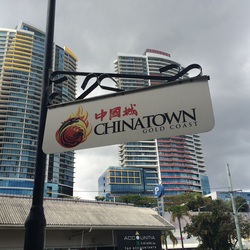


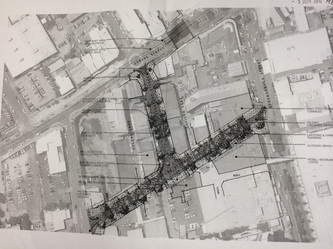
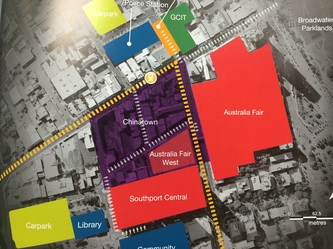
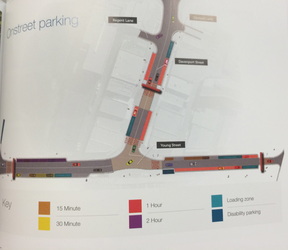
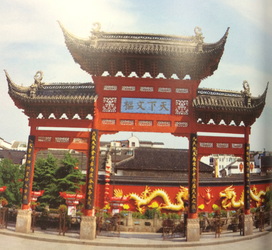
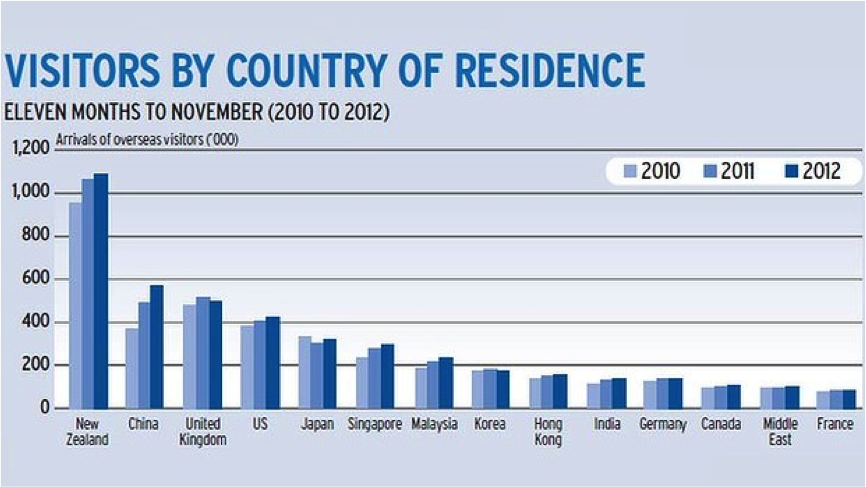
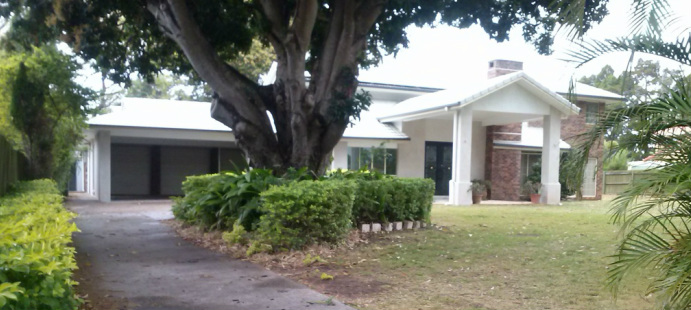
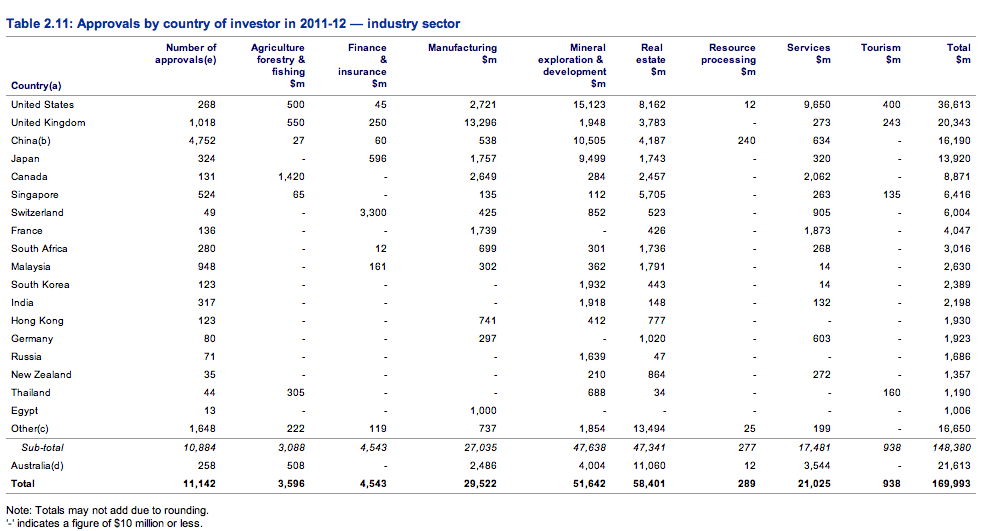
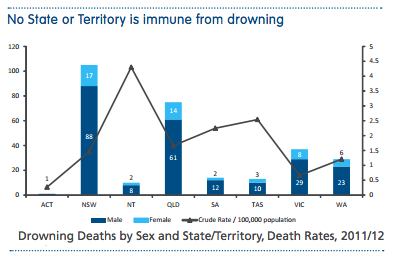
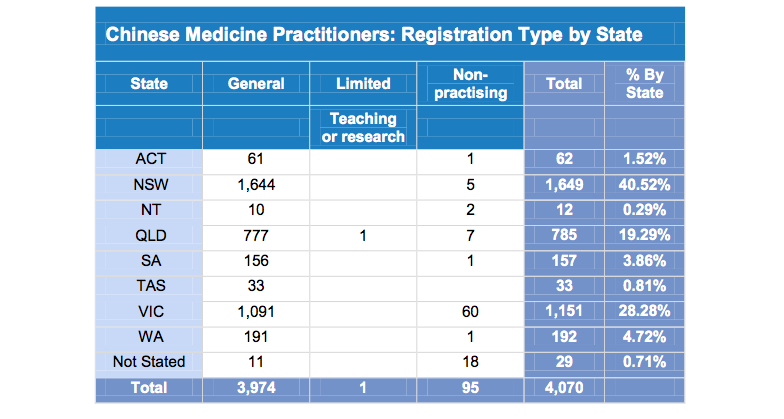
 RSS Feed
RSS Feed